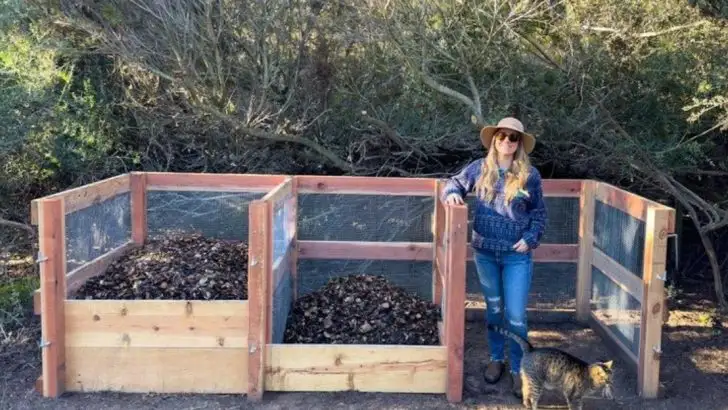Dead plants aren’t the end of your garden—they’re the beginning of your education. Every shriveled stem, every withered leaf, every crispy brown disaster is screaming a lesson. And guess what? The best gardeners? They’ve just killed more things than you. That moldy pot of basil? Gold. That sad tomato vine that gave up mid-July? Treasure. Because once you stop seeing dead plants as failures and start treating them like clues, you unlock a whole new level of garden magic. Mistakes become strategy. Compost becomes redemption. And suddenly, next year’s garden starts right now—in the wreckage of this one.
Compost the Remains
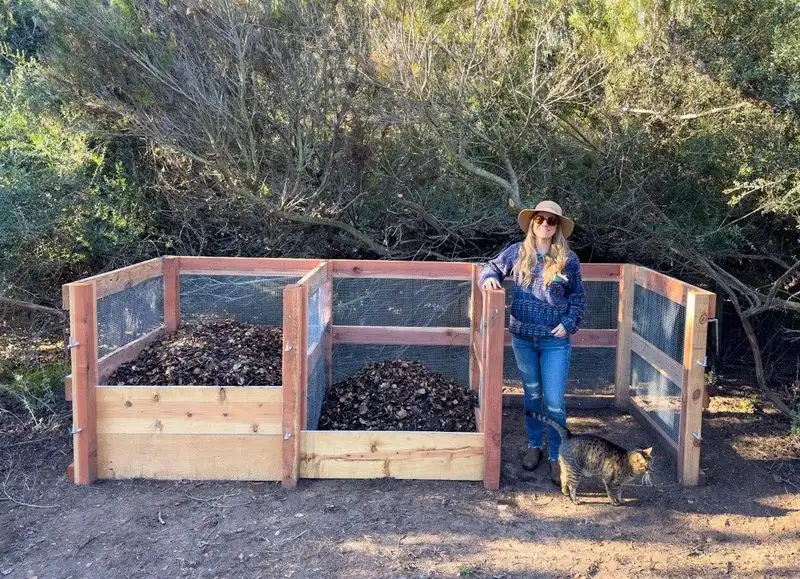
Turn your garden failures into rich compost. Dead plants, when decomposed, can provide essential nutrients for next year’s garden. Start a compost bin where you can add plant remains, kitchen scraps, and natural debris.
Mix regularly to ensure oxygen flow and speed up decomposition. By spring, you’ll have nutrient-packed compost ready to enrich your soil.
Did you know? Composting reduces waste and helps the environment. Transform losses into gains with this eco-friendly technique. Search for local workshops or resources to get started on your composting journey today!
Create a Plant Graveyard
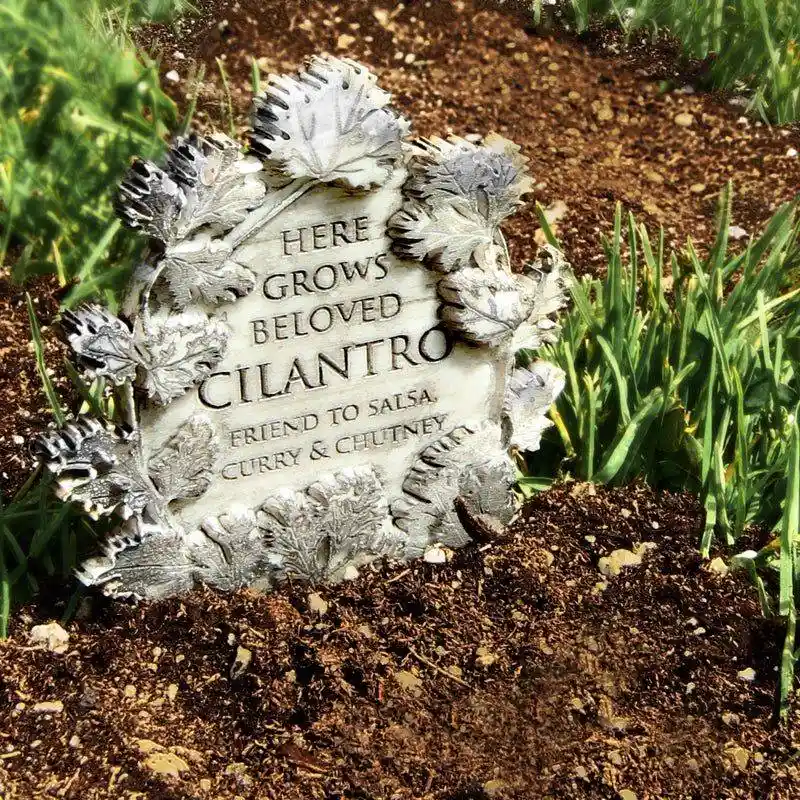
With humor and creativity, dedicate a small garden corner to a plant graveyard. Use decorative stones as headstones, and mark lost plants with their names. It becomes a unique way to remember past failures.
This area can evolve into a charming part of your garden, embracing the cycle of life and death. Plus, it serves as a gentle reminder of what to avoid next season.
Have fun with this quirky addition and see how it brings personality to your garden, making it a conversation starter among visitors and fellow gardeners.
Use as Mulch
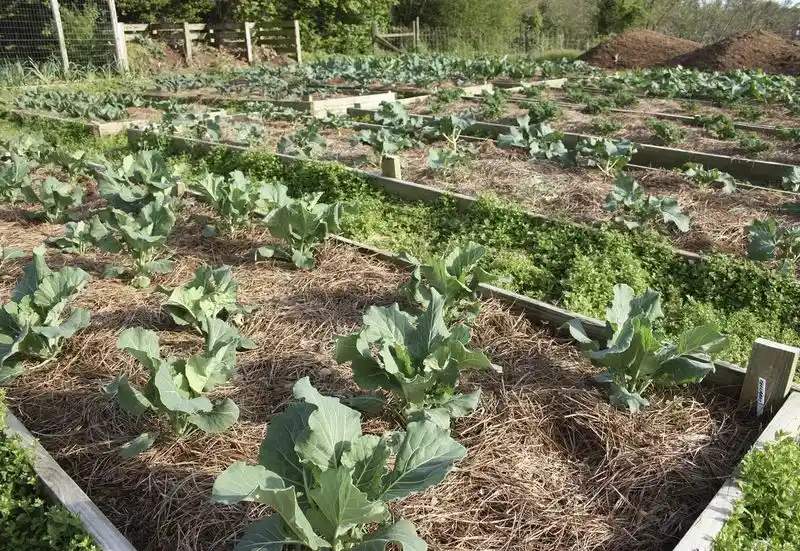
Mulching with dead plants is an excellent way to enrich your soil and suppress weeds. Break down dead plants and spread them over your garden beds. They help retain moisture and improve soil structure as they decompose.
This low-cost method is a win-win, as it reduces waste and prepares your garden for better growth next year. Keep experimenting with different plant types to find what benefits your soil most.
Mulching not only nourishes but also protects your plants, creating a healthier garden environment. It’s a simple, effective strategy every gardener should try.
Craft Natural Art

Unleash your artistic side by crafting natural art from dead plants. Dried stems, leaves, and flowers can be arranged into beautiful patterns or even sculptures.
This creative outlet transforms garden waste into decorative pieces that add character to your outdoor space. Invite friends or family to join the fun, making it a communal activity.
Let your imagination run wild and watch as these artistic expressions become focal points in your garden. Who knew dead plants could inspire such creativity and beauty?
Conduct a Soil Test
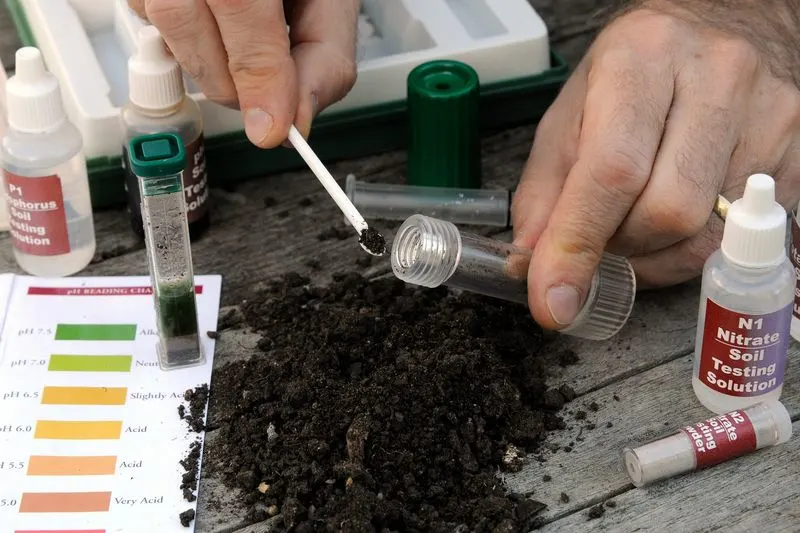
Understanding your soil’s health is crucial for future success. Use dead plants as an opportunity to conduct a soil test. It reveals deficiencies needing attention before planting anew.
With a simple test kit, identify nutrient levels and pH balance, guiding your amendments. Correcting imbalances ensures robust growth for future plants.
Consider this testing as learning from past mistakes, ensuring a thriving garden in seasons to come. A healthy soil foundation is the key to vibrant, lush gardens. Don’t overlook this essential step in your gardening journey.
Build a Bug Habitat

Dead plants can become homes for beneficial insects. Use stems and leaves to construct a bug habitat, attracting helpful garden creatures like ladybugs and bees.
These insects aid in pollination and pest control, making your garden healthier and more productive. Building a habitat promotes biodiversity and harmony in your garden’s ecosystem.
Embrace this natural method of pest management while providing a refuge for tiny garden allies. It’s a rewarding way to turn plant failures into a thriving, buzzing sanctuary for wildlife.
Host a Garden Funeral
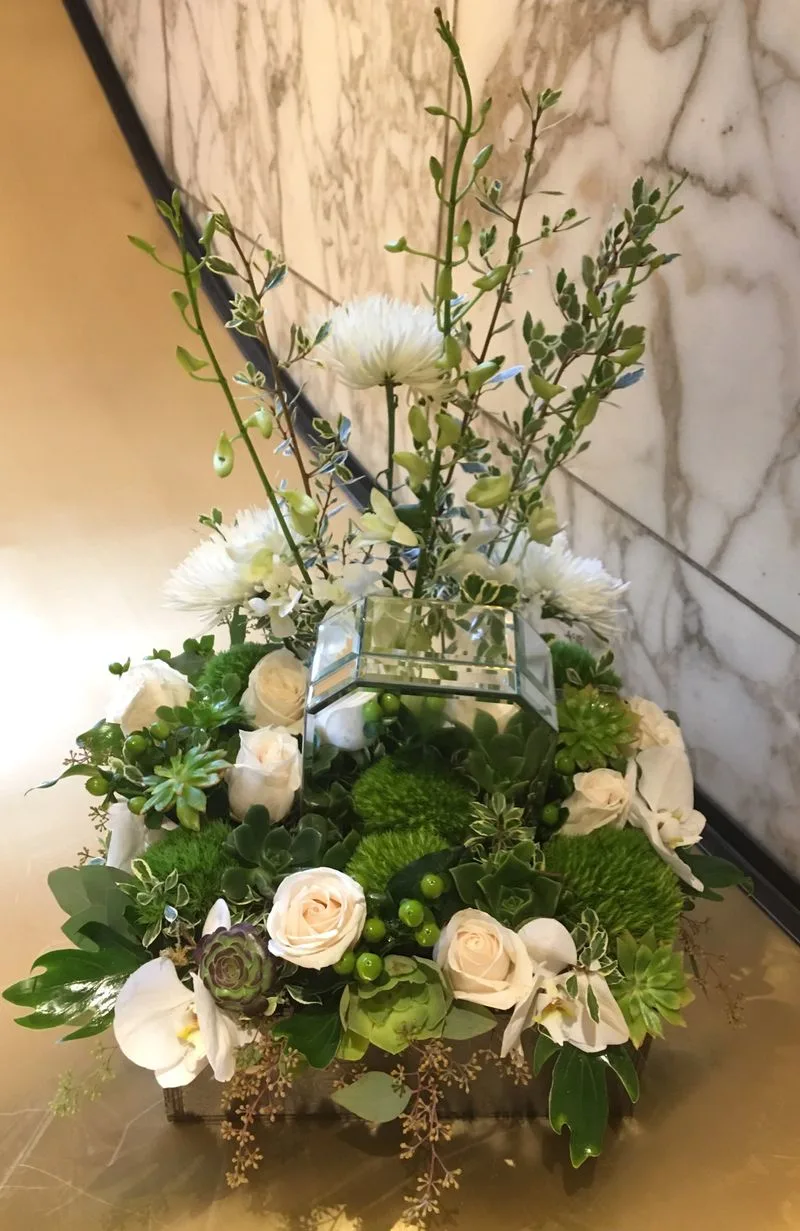
Celebrate the life and lessons of your plants with a garden funeral. Invite friends and fellow gardeners to share in the humor and reflection of a seasonal ending.
Create a small ceremony where everyone can share stories and lessons learned. Decorate the area with flowers and mementos, creating a cherished memory space.
This light-hearted event fosters community and connection, turning a loss into an opportunity for bonding and growth. What better way to honor your garden’s past than with laughter and camaraderie?
Gather Seeds for Next Year
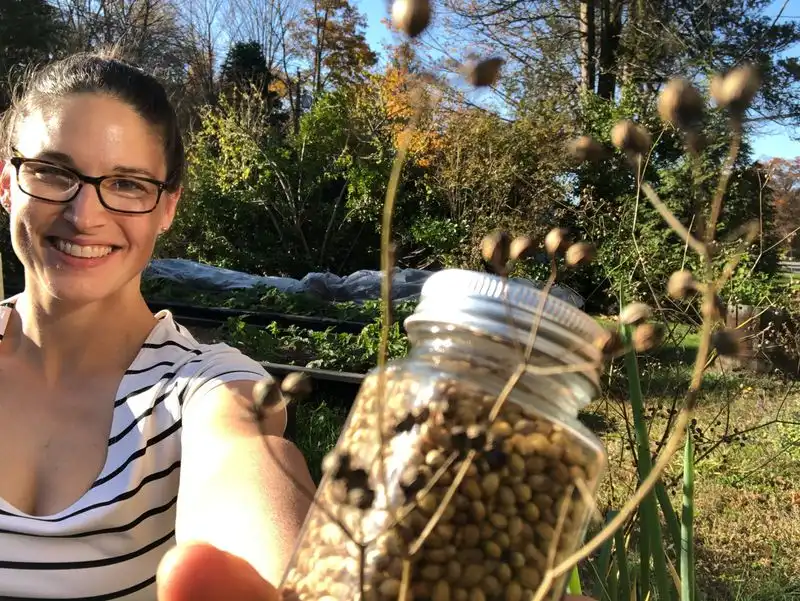
Even in failure, plants offer gifts. Collect seeds from dead plants to sow next year. This practice is both cost-effective and rewarding.
Dry seeds thoroughly and store them in labeled jars to maintain their viability. When spring arrives, you’ll have a treasure trove ready to plant.
This mindful approach ensures a continuous cycle of growth and renewal. Witness the resilience and promise of life as you watch these seeds sprout into thriving plants. The cycle of life continues, even from the remnants of what once was.
Plan a Memorial Garden
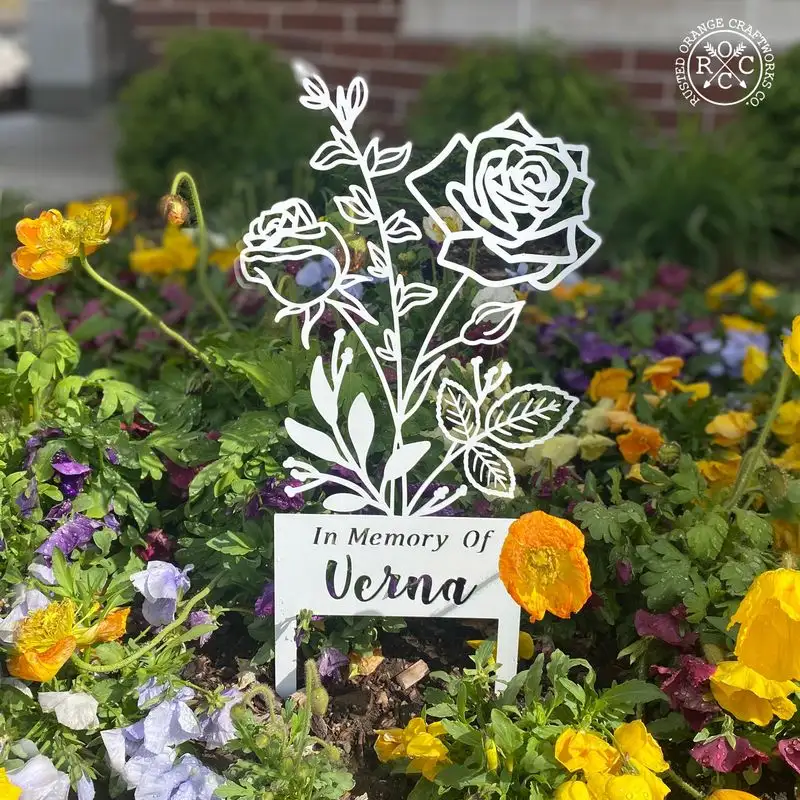
Design a memorial garden in honor of your past plants. Choose a peaceful spot and plant new varieties, incorporating markers to remember old friends.
This garden pays tribute to the past while embracing the future. It becomes a serene place for reflection and inspiration.
Filled with new life, it honors those that came before, offering solace and motivation for seasons ahead. Create a legacy of growth and remembrance that enriches both your garden and your spirit.
Experiment with Compost Tea

Compost tea offers a rich, nutrient-packed boost for your plants. Use dead plant material to create this liquid gold.
Steep compost in water, allowing beneficial microbes to flourish. Spray this concoction on your plants, enhancing their growth and resilience.
Embrace the alchemy of garden care with this potent brew. Transform garden setbacks into successes by nurturing your plants with homemade compost tea. It’s a magical elixir that turns losses into lushness.
Run a Plant Autopsy
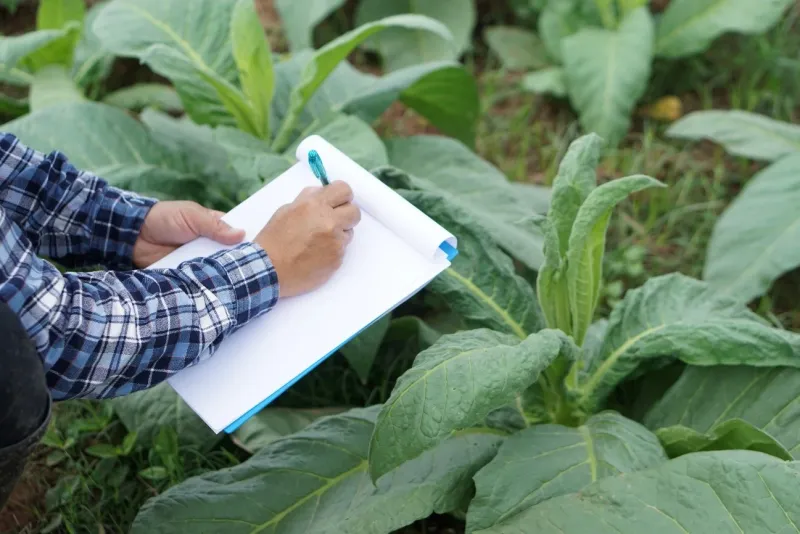
Conduct a plant autopsy to uncover why your plants failed. Examine roots, stems, and leaves for clues about pests, diseases, or nutrient deficiencies.
This detective work reveals insights into what went wrong, helping you avoid similar issues in the future. Document your findings to build a knowledge base for future gardening endeavors.
Understanding past mistakes enriches your gardening wisdom, equipping you for better decision-making. Embrace this analytical approach to turning failure into future triumph.
Engage in Garden Therapy

Gardening heals the soul. Use dead plants as a reminder to slow down and engage in garden therapy. Meditate or practice mindfulness among your plants.
Connect with nature, finding peace and healing in the process. The rhythm of gardening offers solace, helping you cope with past disappointments.
Embrace your garden as a sanctuary for emotional and spiritual growth. Turn past failures into stepping stones for personal development and renewal.
Design a Compost Sculpture
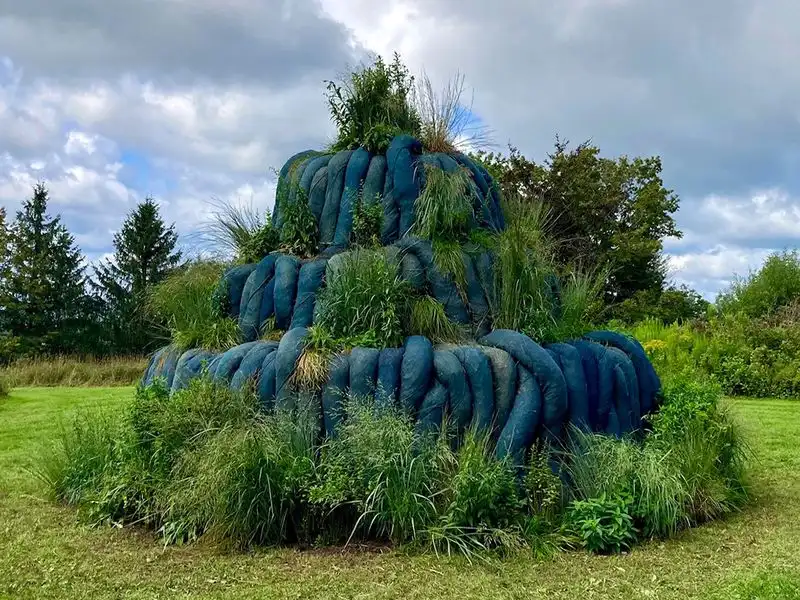
Turn composting into art by designing a compost sculpture. Use dead plants to create an intricate, biodegradable masterpiece.
As it decomposes, the sculpture enriches the soil, blending beauty with functionality. It becomes a dynamic feature that evolves over time.
This artistic expression celebrates the cycle of life, adding interest and depth to your garden. Merging creativity with sustainability, it’s a unique approach to garden design.

